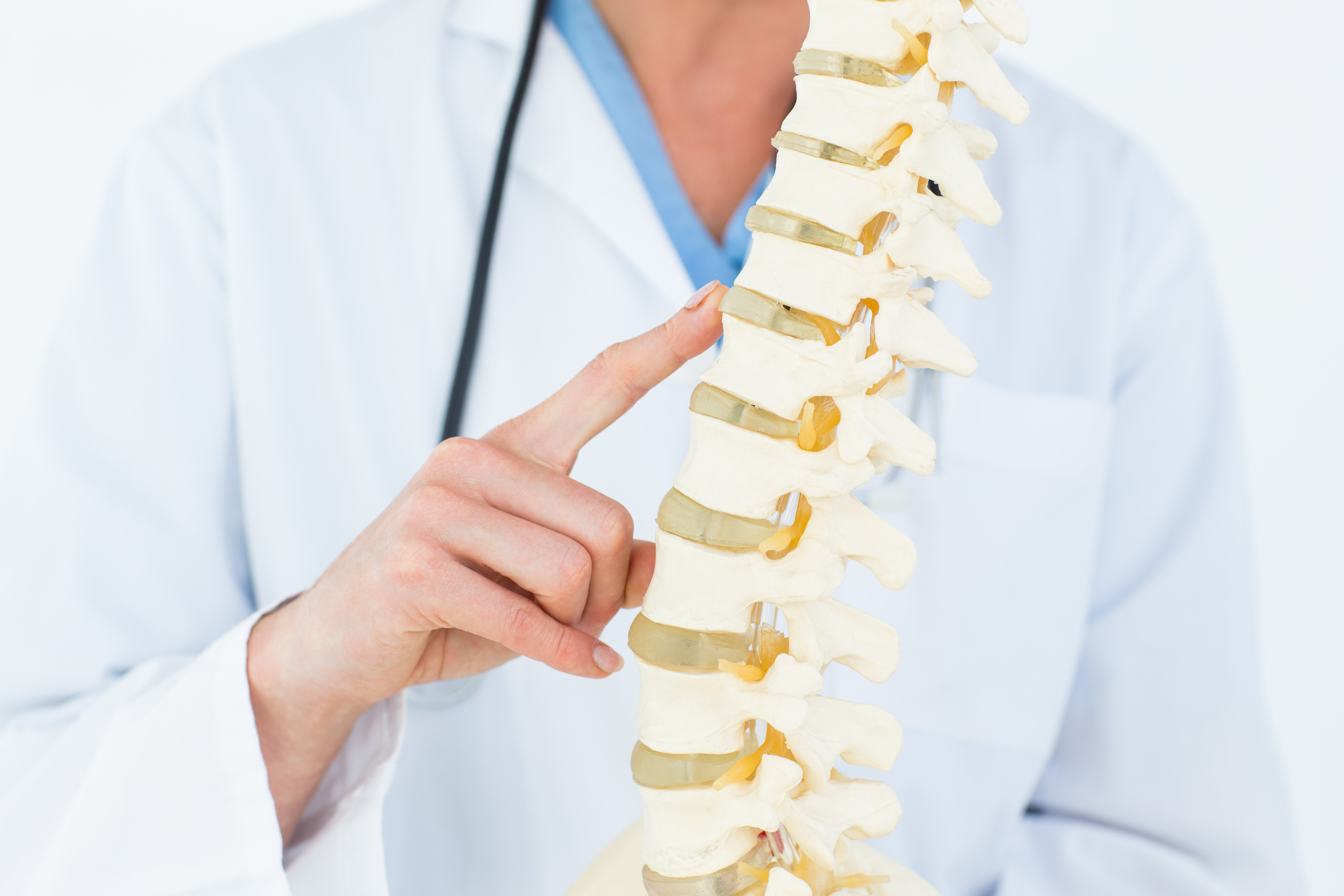The Difference Between Radiculopathy and Neuropathy
- Posted on: Oct 23 2019
- Leave a response
 An interesting thing happens sometimes when patients come in to GO Imaging for diagnostic testing. They receive a diagnosis and have no idea what it means. It’s understandable for there to be confusion or questions when medical jargon is used. For example, two common findings for patients coming in for MRIs of their spine are Radiculopathy and Neuropathy. After receiving either one of these diagnoses, the first question is usually “What does that mean?”
An interesting thing happens sometimes when patients come in to GO Imaging for diagnostic testing. They receive a diagnosis and have no idea what it means. It’s understandable for there to be confusion or questions when medical jargon is used. For example, two common findings for patients coming in for MRIs of their spine are Radiculopathy and Neuropathy. After receiving either one of these diagnoses, the first question is usually “What does that mean?”
We’ve mentioned before that one of our goals with our blog is to educate and in this post, we’ll be breaking down these two terms. What are they? What are the causes? Most importantly, are there ways to prevent the issues from even starting? We’re covering all that and more below, so let’s jump right in
Radiculopathy and Neuropathy Defined
Radiculopathy occurs when the patient has a pinched nerve or inflammation of a nerve in their spine. The most common location this is seen is in the lower back which is called lumbar radiculopathy. Cervical radiculopathy occurs in the neck, and thoracic radiculopathy occurs in the upper back. Thoracic radiculopathy is the least common.
The symptoms of radiculopathy are generally:
- Pain
- Tingling sensations
- Numbness, and
- Weakness
These symptoms can occur in the arms, back, legs, or shoulders depending on the location of the pinched or inflamed nerve(s). Not all patients will suffer from all symptoms, and they can also vary based on location.
Neuropathy, also called peripheral neuropathy, is often mistaken for radiculopathy because of the overlapping symptoms. However, where radiculopathy occurs at the root, neuropathy actually refers to the damage of a single nerve or multiple nerves in the central nervous system (the brain and the spinal cord). There are several types of neuropathy, but the most common are:
-
- Diabetic neuropathy: Most often, this damages the nerves located in your feet and legs, and occurs when you have diabetes.
- Cranial neuropathy: This occurs when one or more of the nerves of the cranial nerves are damaged. Two common types of cranial neuropathy are optic and auditory affecting vision and hearing respectively.
- Autonomic neuropathy: This occurs when there is damage to the nerves located in one’s involuntary nervous system. The nerves in the system are those that control your heart and circulation, functions of your bowels and bladder, digestion, perspiration, sexual response, etc
- Focal neuropathy: This is restricted to one or more nerves in one area of your body.
Additional symptoms for patients with neuropathy may include sensitivity to touch, loss of reflexes, and loss of coordination or balance.
Causes of Radiculopathy and Neuropathy
The causes of radiculopathy include:
- Herniated discs – this typically occurs in your lower back, but has been known to impact the neck area as well
- Change in tissues – tissues that change or shift or change in their size can narrow the space nerve roots travel inside a patient’s spine, or where they exit the spine
- Bone spurs (extra bone growth)
- Ossification (also known as thickening) of the ligaments in the spine
The causes of neuropathy include:
- Diabetes
- Alcohol abuse
- Hereditary and autoimmune disorders
- Chemotherapy
- Inflammatory diseases and infections
- Exposure to toxic chemicals
- Poor nutrition
- Kidney diseases and infections
Treatments for Radiculopathy and Neuropathy
In many cases, surgery is the only treatment for radiculopathy and neuropathy. However, sometimes supplements, physical therapy, prescriptions, and other alternative treatments will be recommended in lieu of surgery. You’ll need to speak to your doctor to determine which method of treatment is best for your case.
Preventing Radiculopathy and Neuropathy
As with most diseases and medical issues, the best prevention is to maintain a healthy lifestyle. Abstaining from alcohol, ensuring you’re getting the right vitamins, consuming a healthy diet, eliminating and avoiding other toxins, exercising, and maintaining a healthy weight are all helpful in preventing both radiculopathy and neuropathy.
To learn more about these ailments, and how to prevent them, we recommend talking to your primary care physician. On the other hand, if you are already suffering from one of the two issues, you may want to ask your doctor to set you up with an appointment for an MRI with GO Imaging. Click here to learn more about our services.
Posted in: Health & Wellness, MRI

